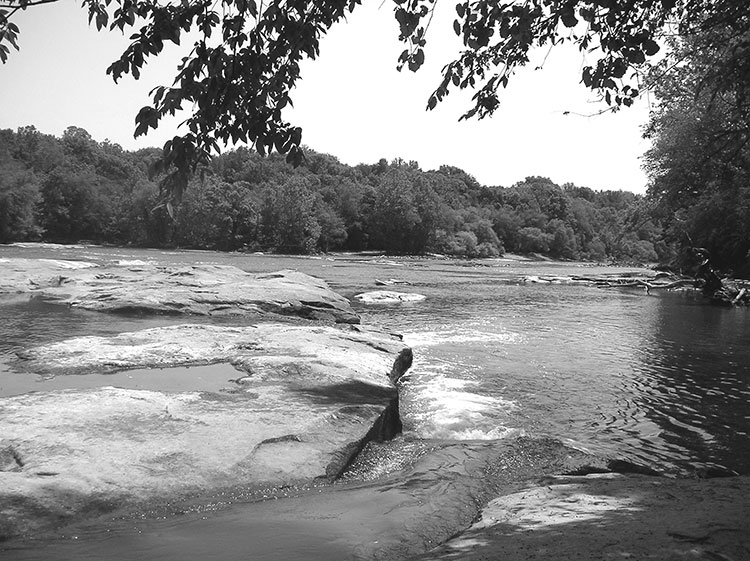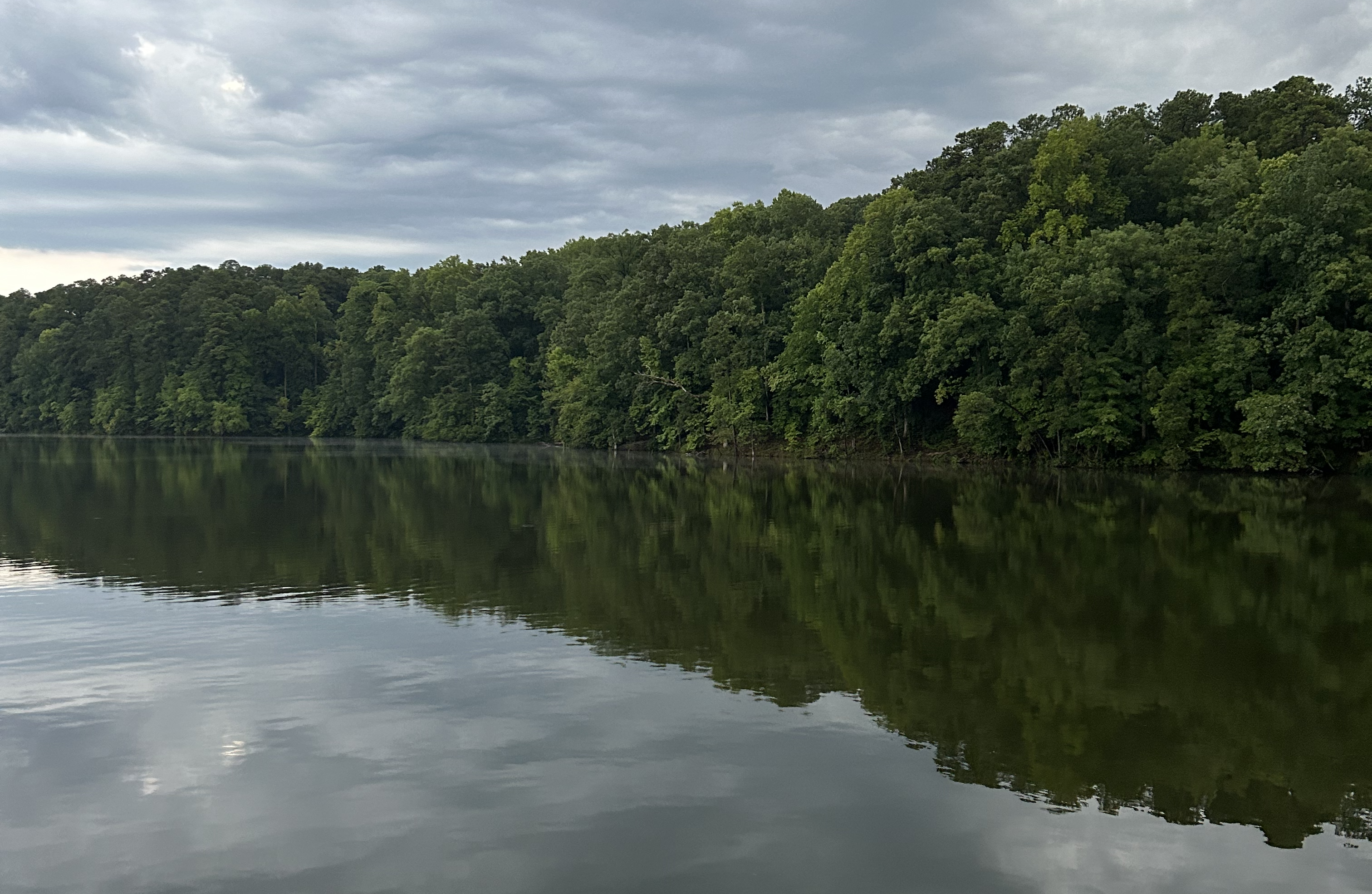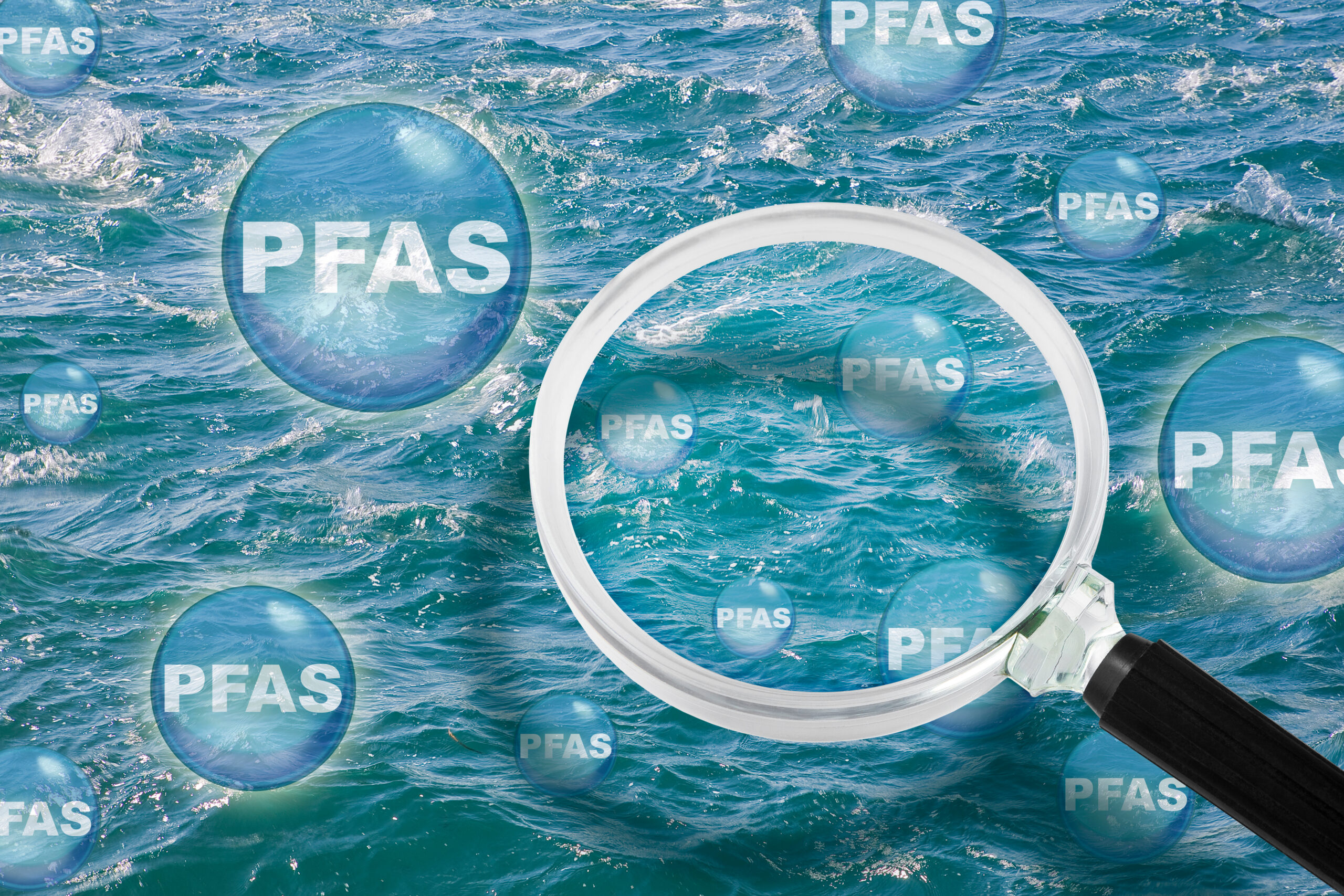WRRI Turns 50

In 1964, eight years before passage of the Clean Water Act, the federal government authorized a unique piece of legislation in response to concerns over water availability and quality. The Water Resources Research Act called for the creation of local centers of water research that would “enlist the intellectual power of universities and research institutes in a nationwide effort to conserve and utilize our water resources for the common benefit.”
The following year, North Carolina Governor Dan Moore and University of North Carolina President William C. Friday announced the establishment of a state water institute. Headquartered at NC State University, the Water Resources Research Institute of the University of North Carolina System, or WRRI, has been at the forefront of addressing the state’s water resource needs for 50 years.
In celebration of WRRI’s rich history in North Carolina, the 2015 WRRI annual conference featured keynote speakers Bill Ross, former NC DENR secretary and an attorney specializing in green growth and sustainability, and Tom Earnhardt, former law professor and current host of UNC-TV’s Exploring North Carolina. Through their two-part address, Water and Health at the Crossroads, they helped to reinforce the unique place that we inhabit and the critical role that water plays in our state’s identity and in its economic and environmental health. They laid the foundation upon which WRRI was built and upon which it has grown and evolved to serve the needs of our state.
“The road ahead will be as demanding as the road behind, and the state’s commitment to clean streams must continue,” Ross said in his conference address, quoting WRRI’s first director, David Howells.
Ross referenced Howells’ 1990 publication, Quest for Clean Streams in North Carolina: An historical account of stream pollution control in North Carolina, to provide a history of North Carolina’s water resource management in the 19th and early part of the 20th centuries. Examples of water issues abound that led to stream pollution being recognized in 1945 as the single most important problem facing our state, Ross illustrated, and it was against this backdrop that federal and state legislation began in the 1950s and 60s to combat water pollution. These eventually lead to the 1972 Clean Water Act and accompanying state legislation. It was during this time, as the nation began to focus on addressing water issues, that WRRI was created.
In the 50 years since WRRI was established much has changed and the Institute has made “effective, practical contributions to water management over its 50 year life in North Carolina.” “The water resources of the state have been managed successfully — not perfectly — but successfully,” Ross said.
The impacts of WRRI programming begin with our research and education efforts and extend to areas of engagement, inspiration, and application. Decades of funding have contributed towards significant outcomes and progressive management in areas such as mosquito control, industrial waste, and effects of urbanization (in the 1960s); the channelization of streams for urban and agricultural purposes (in the 1970s); urban stormwater, nutrient pollution, and hydrilla (in the 1980s); drinking water and disinfection by-products (in the 1990s); and nutrient control, stormwater, toxics and wastewater treatment, and potable water supply (in the 2000s).
The importance of these advances in scientific understanding and management decisions lies in part in WRRI’s connection to its national system of fellow water institutes that promote vast distribution and exchange of information. They are also significant because of the exceptional nature of North Carolina.
“We live in nature’s sweet spot,” Tom Earnhardt said in part two of the keynote address as he illustrated our state’s biodiversity by sharing a trove of striking photos that he had taken or collected showing notable examples of the NC’s flora and fauna. He explained the unique geographic, ecological and climatic features in NC, such as our 17 river basins, some originating from some of the highest mountains on the East Coast, and our “magnificent marshes” that result from the mixing of brownwater and blackwater rivers. These river basins and the communities they support influence the strong cultural connections to water that pervade from the mountains to the coast, and inspire our obligations to the “entire watery system in which we live.”
In conclusion, Earnhardt noted North Carolina’s global role. “We are connected to the rest of the world,” he said. “It’s not just North Carolina, it’s an entire connected ecosystem and you in your work are stewards of this incredible system. If you work in water, you also work in biodiversity. If you work in water you are a steward.”
It is with this inspiration that NC WRRI enters its next 50 years with a strong commitment to serving our watery system through research and education that meets our state’s needs and priorities.
For more in-depth reviews of WRRI and its research history, please refer to our WRRI at 50 publication.
- Categories:


